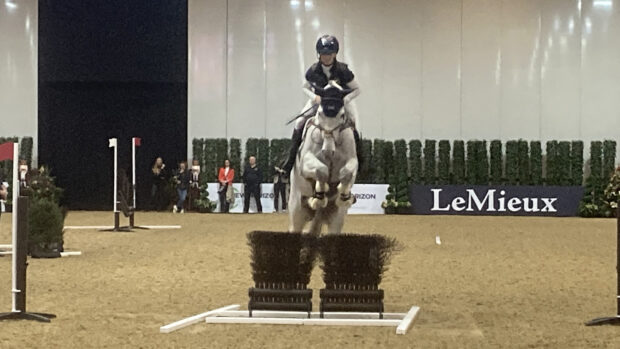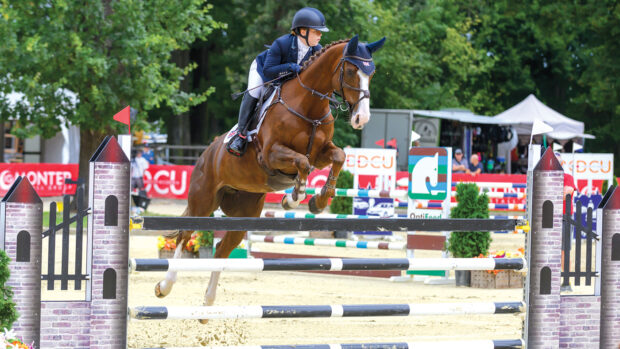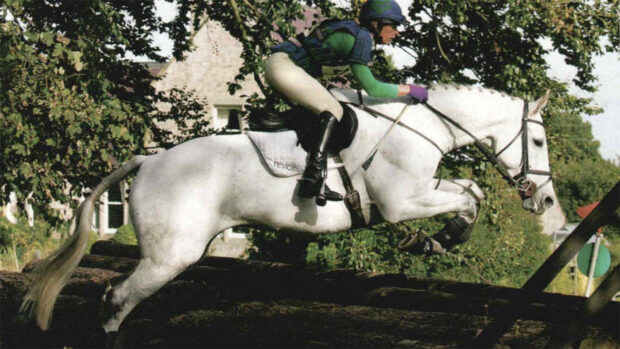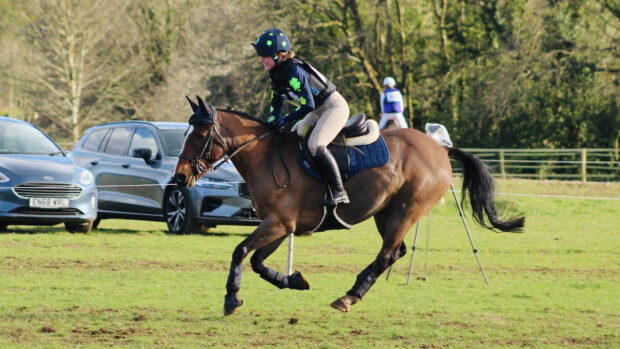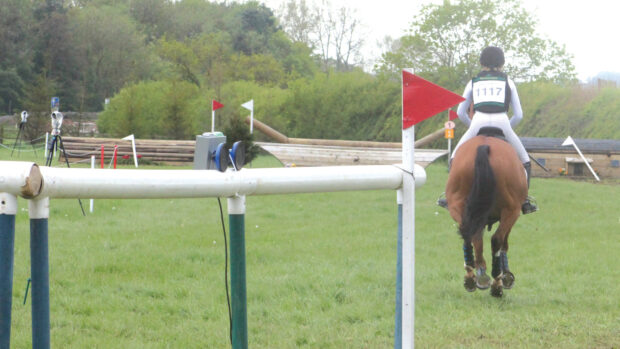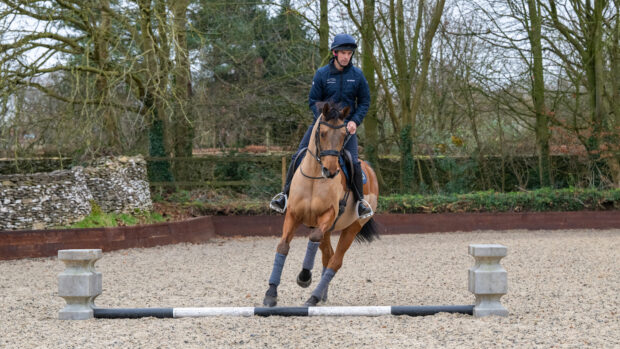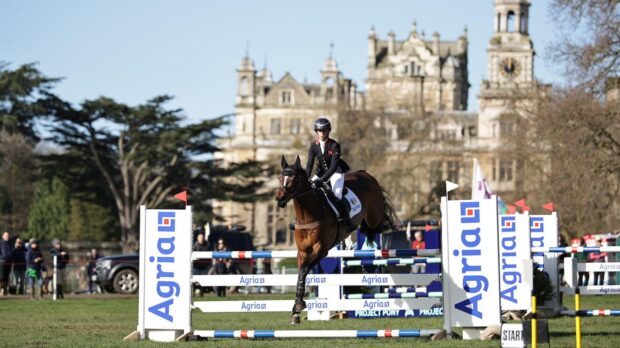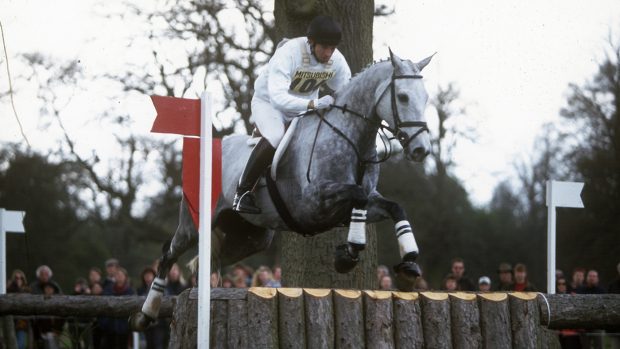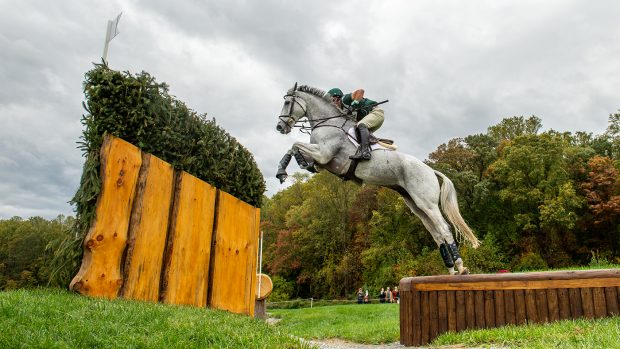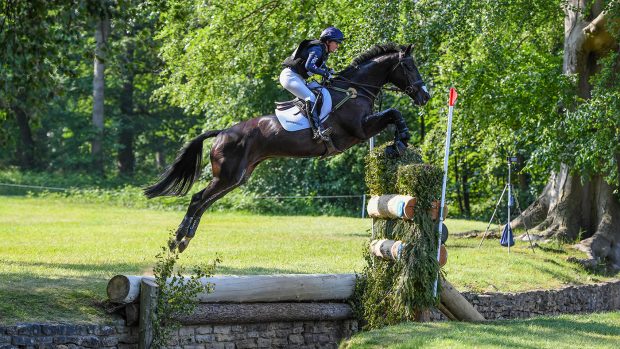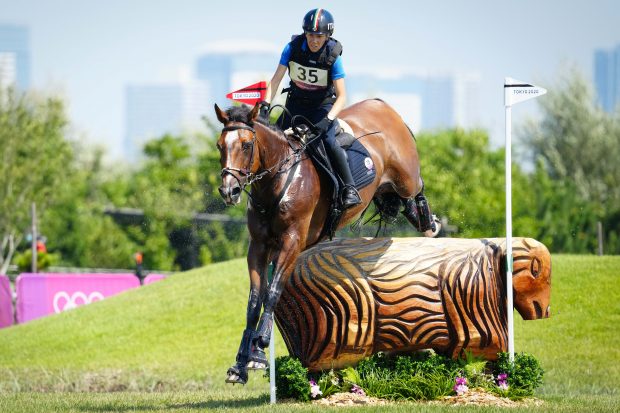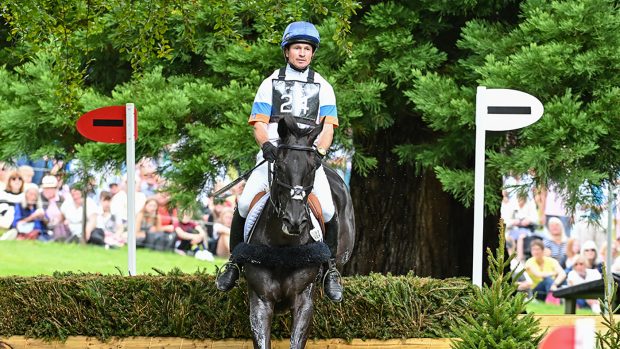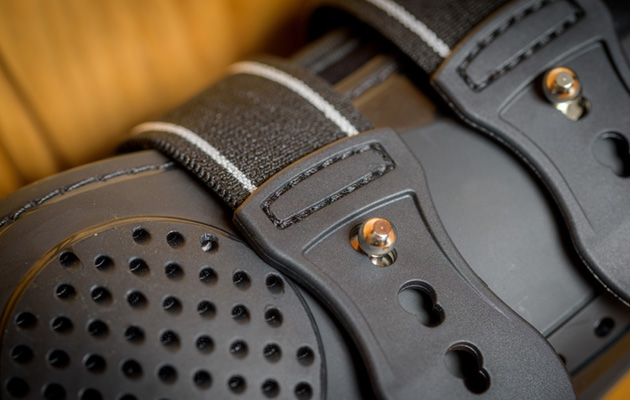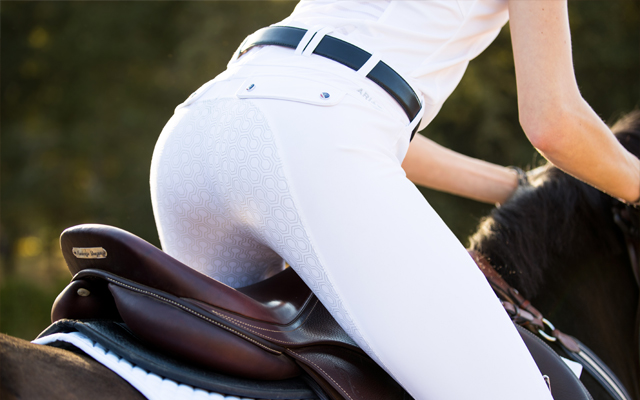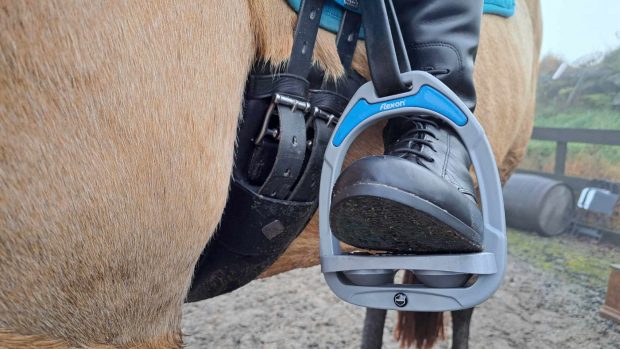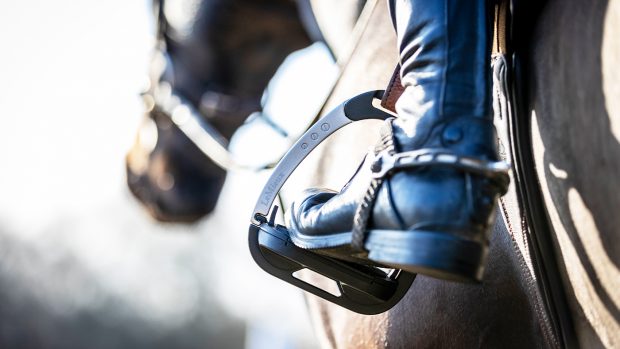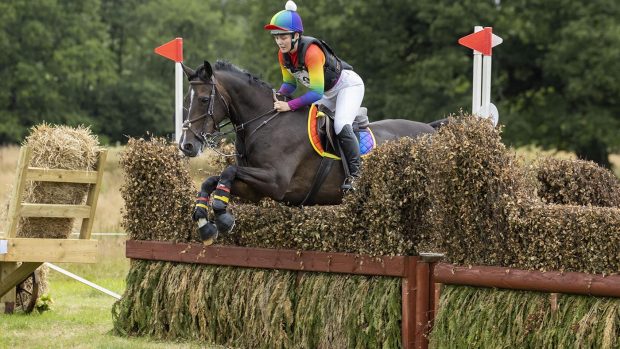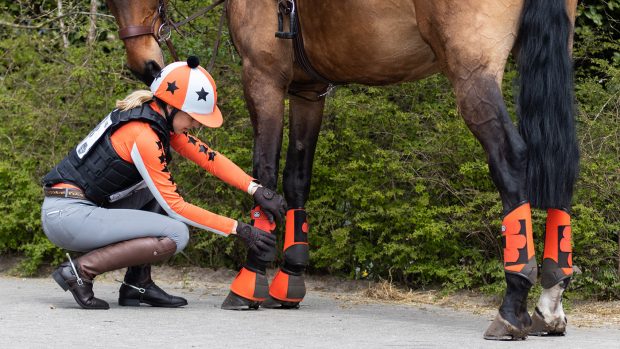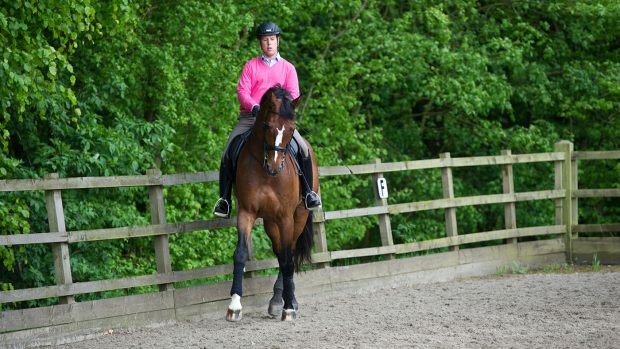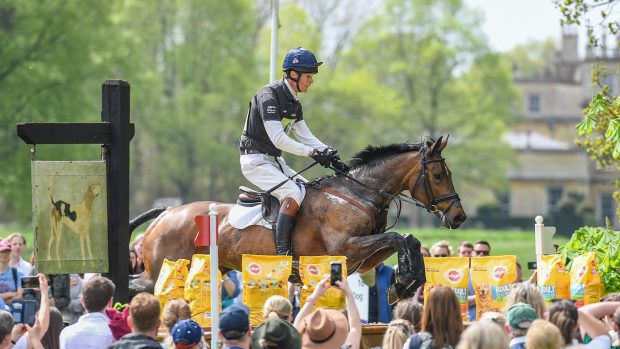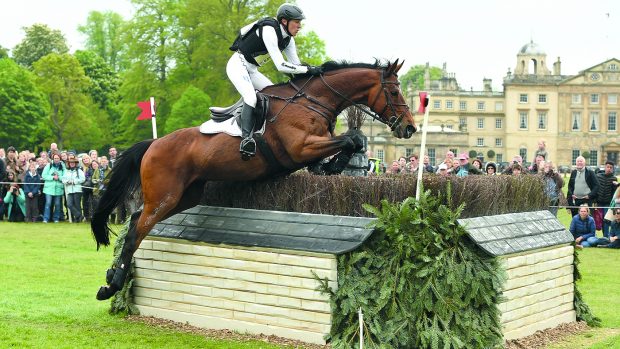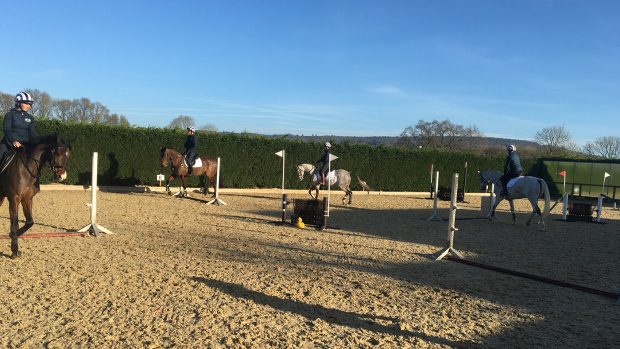Eventing
Eventing top stories
-
 Features
Features -
 Features
Features‘She’d bolt around the arena when I first got her’ – from an unpromising start to gold
-
-
 News
News‘Every day was special’: sad farewell as former advanced event horse and his best friend go peacefully together
-
 News
News‘He makes the impossible possible’ 14.2hh overcomes kissing spines and mystery illness to qualify for Badminton grassroots
-
 News
News‘We’ve started to turn the ship’: eventing changes announced for 2025
-
 Features
Features*Exclusive* ‘Aim to do this straightforward exercise to score 10 out of 10’: how Harry Meade uses polework to improve suppleness
-
 Features
Features*Exclusive* Which of Ros Canter’s five-star aces is she tipping for next season – and her new dream for the future
-
 Features
FeaturesIan Stark on superstitions, speed and ‘Saturday morning stomach’
Eventing opinion from H&H columnists
Tack and clothing
-

Protective tendon boots for jumping and flatwork
-

16 of the best competition breeches to wear in the saddle this season
-
-

Technical stirrups — what’s on the market?
-

6 pairs of stirrups designed with jumping in mind
-

Gearing up for the eventing season? Check out what you need to wear...
-

11 pairs of boots ready to go out on the cross-country course
Training tips
All about eventing
Eventing is a three-phase equestrian sport in which a horse and rider combination compete in dressage, showjumping and cross-country. The same combination have to compete in all three phases – a rider can’t substitute a different horse for any part of the competition. The sport is designed to be a test of all-round horsemanship of the rider and the adaptability and training of the horse across the different sports. Scores are given as penalties and the horse and rider with the lowest penalties after all three phases of an event are the winners. Events, also known as horse trials, are typically referred to as one-day or three-day events, despite the fact a competition can actually be held over one, two, three or four days. Eventing in Britain is overseen by the sport’s governing body British Eventing with competition starting over jumps of 80cm in height, called BE80(T) and increases in height up to advanced level over showjumps with a maximum height of 1.25m and cross-country fences set at 1.20m. There are also international eventing competitions run under FEI rules from one- to five-star level.
